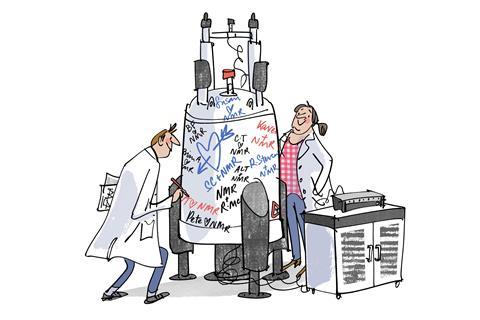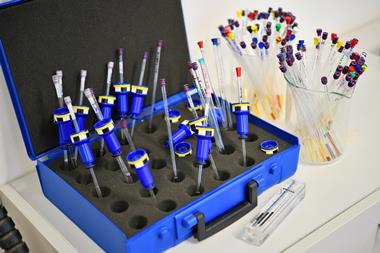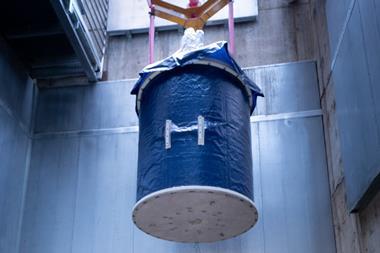Why your friendly magnet facility is the social heart of the chemistry department

When I first started doing NMR research in graduate school, I spent most of my time alone in the Batcave. This was our affectionate name for a windowless, concrete bunker in the lower level of a 100-year-old building. Many spectroscopy labs suffer a similar fate – cordoned off in a basement to minimise vibrations and radiofrequency interference. Of course, all of those hours spent in the subterranean world earns you the complexion of a sightless fish that lives at the bottom of the Marianas Trench. So you can imagine my delight when, at the end of my second year, I emerged from the Batcave into the rarified air of the university’s shared NMR facility upstairs. The sunlight! The camaraderie! The lack of stinky pipes! I loved it so much I decided to make it the focus of my career.
The NMR facility is a scientific and social hub. I love seeing students at all stages of their academic careers slogging away on an intractable problem or discovering something new. They range from over-confident first years who insist they know how to do everything before crawling back for help a week later to stressed-out fifth years who can’t get enough spectrometer time to wrap up their last project. There are wonderful moments when you learn a student or postdoc is expecting a baby or has landed their dream job. And there are the sad moments when you find out that a student has lost a loved one, or is struggling with their research project or advisor.
When I’m in the NMR lab, I feel a bit like a cross between the sorcerer’s apprentice in Fantasia, and a salty, reliable bartender offering sage advice and spinning tall tales. Day in and day out, students come to me with their projects, questions and problems. While waiting for a sample to shim we chat about research, pets, gardening, bicycling, campus happenings or hyperlocal politics. I learn about their families, their projects and the hobbies they wish they had more time to pursue. And they get to listen to my rose-coloured tales from graduate school and lame jokes about the way NMR ‘used to be’.
The other residents of my lab are, of course, the spectrometers. Instruments develop personalities and quirks, especially as they age. I am responsible for the care and feeding of my giant superconducting children, and for healing the injuries inflicted upon them by careless users. A few years back, I was sitting at home on a Saturday evening at the end of the semester when a frantic email from a first year landed in my work inbox. The student, who I had trained the previous week, had accidentally thrown an NMR tube into the magnet without the sample holder. This meant there was a small glass tube sitting askew approximately one metre down in a black hole. It could have shattered or it could have slipped into the probe – but it was basically Schrödinger’s NMR tube until I was able to retrieve it. Once I got to the lab, I deployed my secret weapon for removing any foreign object from the bore of the magnet: duct tape on a stick. After a few minutes of patient fishing with steady hand, I triumphantly lifted an intact NMR tube out of the magnet. I implored the student to go home, take the rest of the weekend off, and resume their research after they spent a few more NMR sessions with a lab mate.
One of my favourite moments was at the end of a long day running electron paramagnetic resonance. This technique – and my instrument – have given me many headaches and unique ‘learning opportunities’ over the years. This day was unusually successful. My users and I had acquired several excellent datasets and experienced zero instrument hiccups or sample tube explosions. I was walking back to my desk in another building when I saw one of my NMR users riding his bicycle through the parking lot near the chemistry building. ‘I got the job!’ he yelled as he high-fived me from his bike. My heart swelled with pride and satisfaction. A moment of zen for a facility manager if there ever was one.
There are many challenges associated with managing a large group of humans and electronics that must work together in harmony day after day. My mood is inextricably linked to the repair status of my instruments, and the progress of experiments I am collaborating on with researchers. However, I am thankful for the many different hats I get to wear each day, and the community I have built over the years. Just remember to put your sample in the spinner next time, ok?












No comments yet